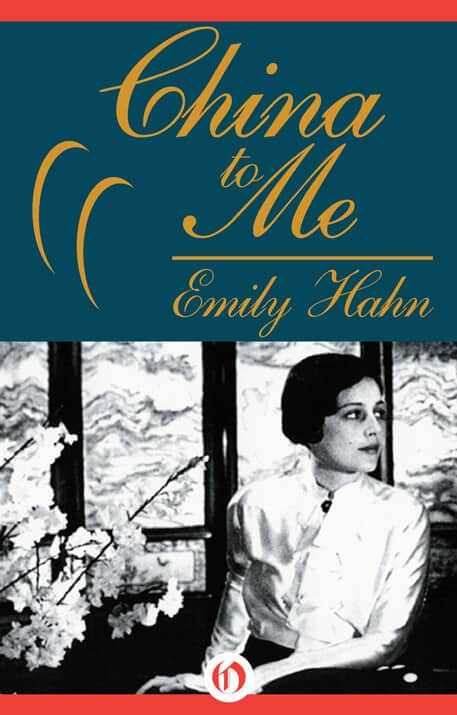Emily Hahn
Writing Roughshod
A “spirited” engineer
In 1922, Emily “Mickey” Hahn BS1926 tried to enroll in a UW chemistry course. When told the class was open only to engineering students, she thumbed her nose at the rules and switched her major from general arts to mining engineering. Though she’d intended to switch back the following semester, she changed her mind when the other engineering students panicked and petitioned the state legislature to bar her from the program.
“The female mind is incapable of grasping mechanics or higher mathematics or any of the fundamentals of mining taught in this course,” a professor told her, and Hahn said that was the moment when she gave up the idea of becoming a sculptor.

Image courtesy of DeGolyer Library, SMU.
Though the faculty eventually relented and some of her classmates came around, Hahn was still routinely turned down for summer internships. Her roommate, Dorothy Raper Miller BA1927, finally suggested they take a trip instead. “Mickey and I chose a place called Lake Kivu to visit,” Miller said. “I picked it out on a map because the water was supposedly too cold for crocodiles, and so we could swim there.”
As a warm-up for their African odyssey, the young women dressed themselves as men and drove a Model T out to California — a trip so unusual for women to make unaccompanied that a local newspaper wrote about them. Homesickness ended Miller’s interest in the escapade, but Hahn discovered her passion for trailblazing.
“My parents complained that I was never the same after that summer in the Model T, and no doubt they were right,” Hahn wrote.
After Hahn graduated, she was more surprised than anyone when she received a job offer from a mining company in her hometown of Saint Louis. But she quickly realized the career wasn’t a good fit. One night, she heard the news that fellow UW engineering rebel Charles Lindbergh (attended 1925) was attempting to fly over the Atlantic Ocean. She told herself that if Lindbergh made it, she would quit and become a writer. The Spirit of St. Louis landed in Paris the next day.
Author of her own adventure
In 1931, after bouncing around Europe and publishing her first book (a cheeky women’s guide to seduction), Hahn ventured, alone, to a remote outpost in the Belgian Congo. She spent almost two years there as a Red Cross assistant and then traveled hundreds of miles on foot through the jungle to visit Lake Kivu in honor of her old friend. “With my usual sublime self-confidence, I rode roughshod over the objections,” she said. Miller was right about the crocodiles.
From The Park
Let’s not spend money on anything else, except books.
The books and articles that Hahn wrote about East Africa gained her notoriety, but significant commercial success remained elusive until her next major journey. In 1935, Hahn arrived in Shanghai for what was supposed to be a three-month trip. She stayed in China for eight years.
As WWII intensified, Hahn moved to Japanese-occupied Hong Kong. Despite air raids and the threat of starvation, she managed to write a popular memoir and an influential biography about the Soong Sisters, who were among China’s most powerful political families at the time. Hahn developed a friendship with the youngest sister, Mei-ling, who was married to Chiang Kai-shek.
Listen to author Taras Grescoe talk about Hahn’s time in Shanghai.
After the war, Hahn made her way to New York City and became a staff writer for The New Yorker, for which she’d freelanced since 1929. She wrote more than 50 novels, memoirs, and biographies. During her lifetime, Hahn’s work was often overshadowed by her personal exploits. Her wartime romance with Britain’s top spy — historian Charles Boxer, whom she eventually married — was one of the decade’s most high-profile scandals. She was open about her struggles with opium addiction. And she kept primates as pets, insisting on bringing her favorite gibbon, Mr. Mills, to Shanghai dinner parties, often over the objections of the host.
But Hahn ultimately did her part to challenge assumptions about what subjects a woman could — or should — write about, even at the expense of acceptance by the literary establishment.
Until her death at age 92, Hahn continued to travel regularly. She split much of her time between the United States and England, where her husband and their two daughters lived. When asked why she so often traveled to difficult or dangerous places, she was known for quipping back: “Nobody said not to go.”
 50° F
50° F